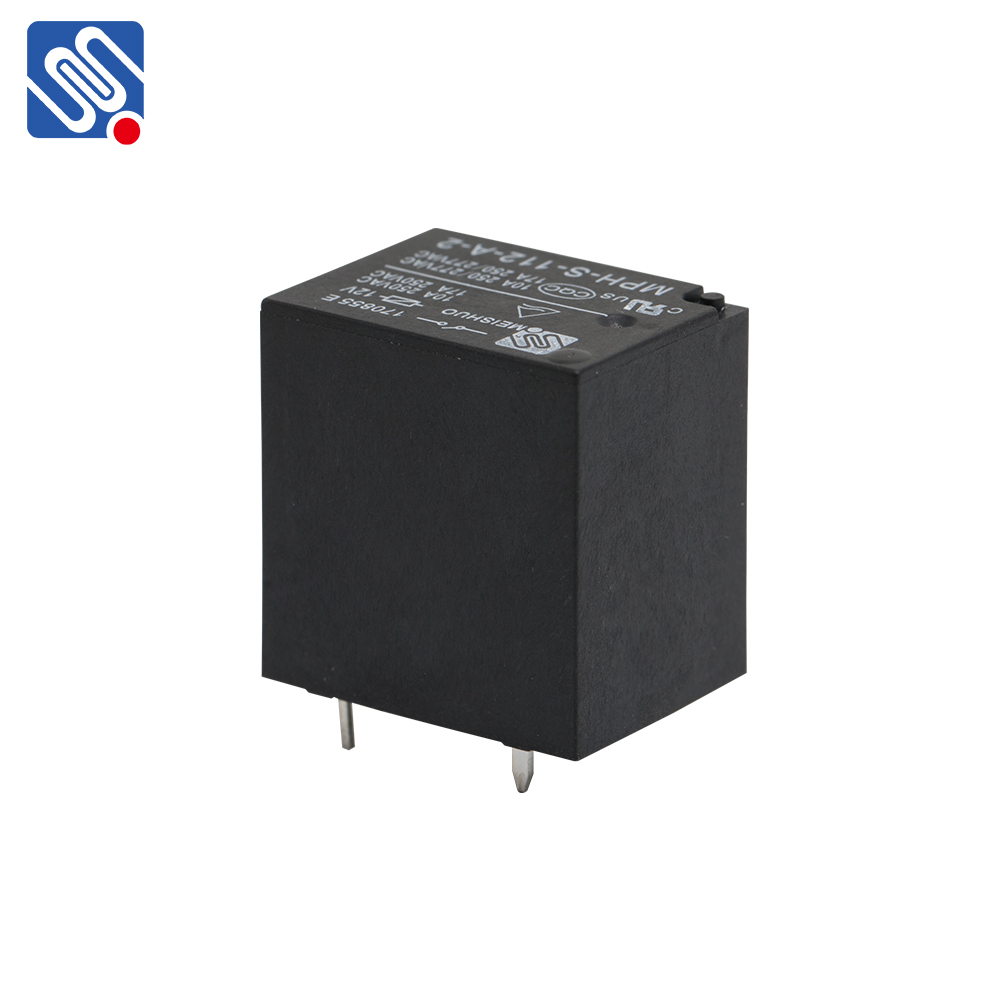Relay specifications are crucial for selecting the right relay for various electrical and electronic applications. These specifications define the operational limits, design features, and performance characteristics of a relay, ensuring that it meets the specific requirements of the circuits and systems in which it is used. Understanding these specifications is essential for engineers, designers, and technicians when choosing relays for applications ranging from simple household appliances to complex industrial machinery.

1. Voltage and Current Ratings One of the most fundamental relay specifications is the voltage and current rating. The voltage rating indicates the maximum voltage the relay can handle without risking damage or failure. This rating is typically provided as a maximum operating voltage for both the relay’s contacts and coil. Similarly, the current rating refers to the maximum amount of current that can pass through the relay’s contacts without causing overheating, arcing, or contact wear. For example, relays can be classified as low-power relays handling milliamps or high-power relays capable of controlling large motors or industrial equipment. Selecting the appropriate voltage and current ratings ensures safe and reliable relay operation within the limits of the connected circuit.